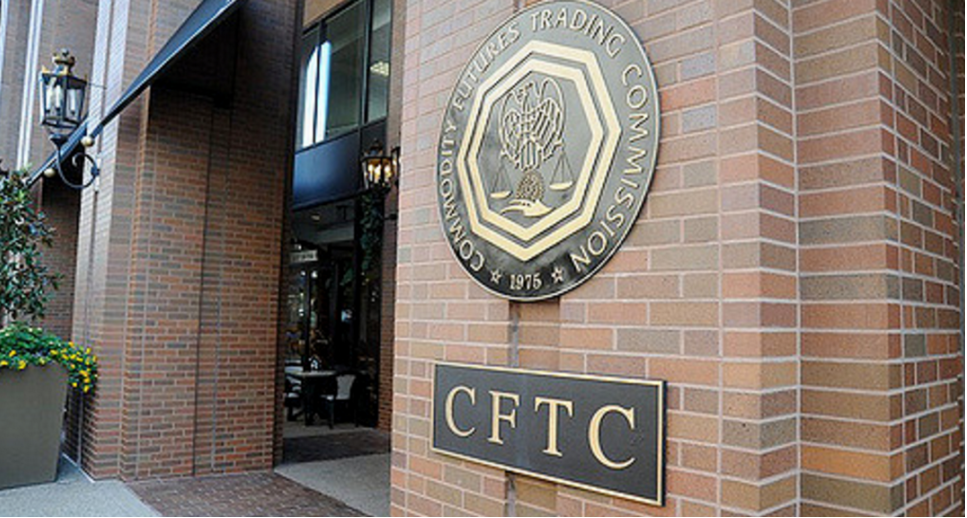BROWSE BY TOPIC
- Bad Brokers
- Compliance Concepts
- Investor Protection
- Investments - Unsuitable
- Investments - Strategies
- Investments - Private
- Features/Scandals
- Companies
- Technology/Internet
- Rules & Regulations
- Crimes
- Investments
- Bad Advisors
- Boiler Rooms
- Hirings/Transitions
- Terminations/Cost Cutting
- Regulators
- Wall Street News
- General News
- Donald Trump & Co.
- Lawsuits/Arbitrations
- Regulatory Sanctions
- Big Banks
- People
TRENDING TAGS
Stories of Interest
- Sarah ten Siethoff is New Associate Director of SEC Investment Management Rulemaking Office
- Catherine Keating Appointed CEO of BNY Mellon Wealth Management
- Credit Suisse to Pay $47Mn to Resolve DOJ Asia Probe
- SEC Chair Clayton Goes 'Hat in Hand' Before Congress on 2019 Budget Request
- SEC's Opening Remarks to the Elder Justice Coordinating Council
- Massachusetts Jury Convicts CA Attorney of Securities Fraud
- Deutsche Bank Says 3 Senior Investment Bankers to Leave Firm
- World’s Biggest Hedge Fund Reportedly ‘Bearish On Financial Assets’
- SEC Fines Constant Contact, Popular Email Marketer, for Overstating Subscriber Numbers
- SocGen Agrees to Pay $1.3 Billion to End Libya, Libor Probes
- Cryptocurrency Exchange Bitfinex Briefly Halts Trading After Cyber Attack
- SEC Names Valerie Szczepanik Senior Advisor for Digital Assets and Innovation
- SEC Modernizes Delivery of Fund Reports, Seeks Public Feedback on Improving Fund Disclosure
- NYSE Says SEC Plan to Limit Exchange Rebates Would Hurt Investors
- Deutsche Bank faces another challenge with Fed stress test
- Former JPMorgan Broker Files racial discrimination suit against company
- $3.3Mn Winning Bid for Lunch with Warren Buffett
- Julie Erhardt is SEC's New Acting Chief Risk Officer
- Chyhe Becker is SEC's New Acting Chief Economist, Acting Director of Economic and Risk Analysis Division
- Getting a Handle on Virtual Currencies - FINRA
ABOUT FINANCIALISH
We seek to provide information, insights and direction that may enable the Financial Community to effectively and efficiently operate in a regulatory risk-free environment by curating content from all over the web.
Stay Informed with the latest fanancialish news.
SUBSCRIBE FOR
NEWSLETTERS & ALERTS
CFTC Reports on Stress Tests for 'Too-Big-To-Fail' Clearinghouses
The results are in for the supervisory stress test of major clearinghouses dealing with futures and options, interest rate swaps, and credit default swaps. Five CFTC-registered clearinghouses located in the United States, as well as in the U.K., were analyzed: (i) CME Clearing, (ii) ICE Clear Credit, (iii) ICE Clear Europe, (iv) ICE Clear U.S., and (v) LCH Clearnet.
“These first tests show that clearinghouses had ample resources to withstand extremely stressful market scenarios on the test date,” CFTC Chairman Timothy Massad noted. “They also show that risk was diversified across clearing members - a loss at one clearinghouse does not mean losses at all. These are very important findings in measuring the strength and resilience of clearinghouses.”
The test looks at whether actual margin amounts posted by clearing members, along with other pre-funded financial resources held by the clearinghouses, were sufficient to cover losses under a series of extreme stress scenarios applied to actual positions and financial resources.
CFTC staff designed and performed the exercise internally. It included 11 scenarios that were executed across the 5 clearinghouses and the 23 clearing members. It covered the most highly traded products at each clearinghouse. The products and clearing members covered represent 88% of the total margin held by these clearinghouses. Staff provided the clearinghouses an opportunity to comment on the methodology and results.
The following are the key findings:
- Clearinghouses had the pre-funded financial resources to withstand a variety of extreme market price changes across a wide range of products. The clearinghouses met or exceeded required resiliency levels.
- Risk was diversified across the clearinghouses. Where a particular scenario was the worst for a clearing member at a particular clearinghouse, that clearing member generally did not incur margin shortfalls at all clearinghouses - and in many cases had margin surplus or even gains across all clearinghouses.
- Clearing member risk was also diversified across the scenarios. No single scenario accounted for more than 19% of the worst outcomes, indicating diversification rather than concentration. And no single clearing member had the largest loss in more than 16.6% of the tests.





